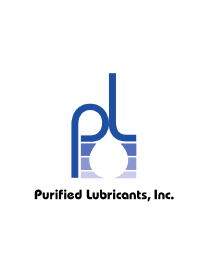“Is the measurement of foam important in monitoring the condition of lube oil?”
Air may exist in a lubricating oil in four different forms. Understanding these forms and how to best mitigate air contamination will help you reduce its impact on the machine and the lubricant.




